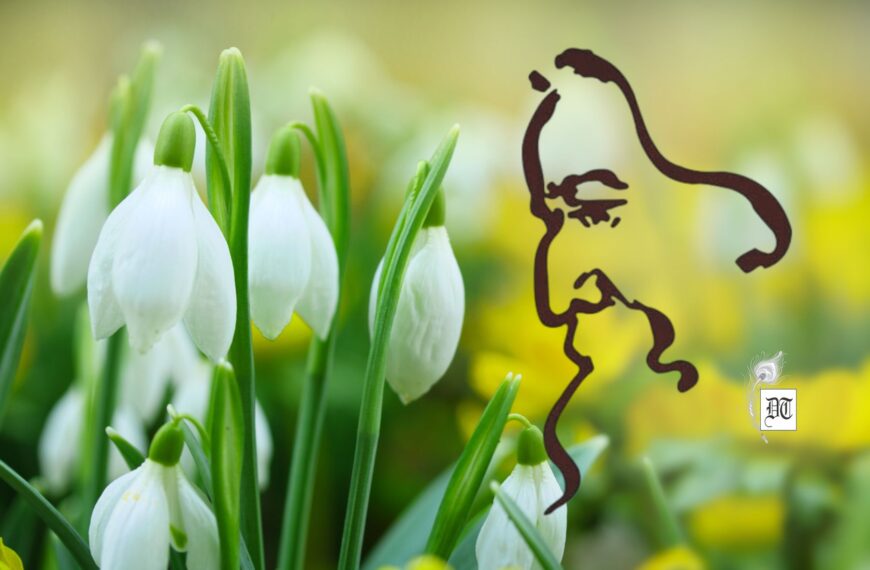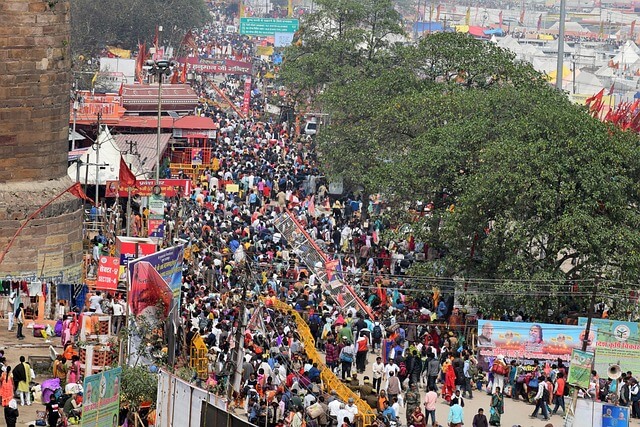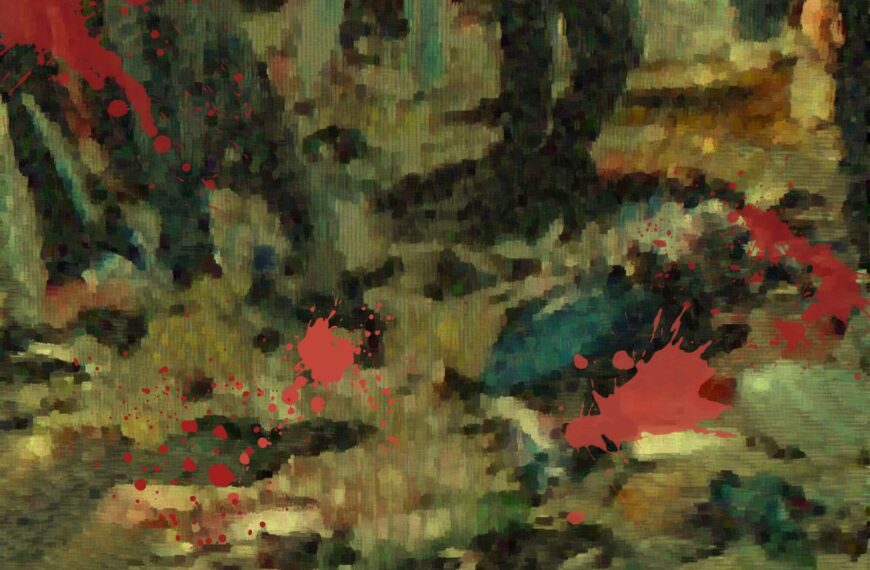Holi, the spring festival, has several folklores associated with it. It’s celebrated for 40 days in Kullu, when devotees play Holi with Ram. The tradition continues for five centuries now. Shiva and Parvati are associated with this festival. Ram played Holi with Sita. There are numerous tales of Radha-Krishna and Holi. Here’s an in-depth report by Arindam.
In Kullu, Holi is celebrated for the longest period, 40 days. The festivities begin on Basant Panchami with thousands of people throwing abir-gulal (dry colour) on each other. On this day, the citizens draw the chariot of Lord Raghunath (Ram) to the Dussehra grounds.
It revolves around the meeting of Hanuman and Bharat. The antiquity of the longest Holi celebrations in the country dates back to 1660 AD. The oral history (read folklore) of the place is that in the 17th century, Jagat Singh brought the idol of Lord Raghunath from Ayodhya. It was installed in the mountain-city then. For five centuries, the unique Holi is an unbroken tradition in Kullu city.
is that in the 17th century, Jagat Singh brought the idol of Lord Raghunath from Ayodhya. It was installed in the mountain-city then. For five centuries, the unique Holi is an unbroken tradition in Kullu city.
The god is the sakha (friend) of the people here. Together they enjoy joyous festivities for 40 days. Similarly, in Braj Bhumi (Mathura-Vrindavan), people begin playing Holi after applying gulal on Lord Krishna.
The Almighty and the mortals have parity, if not perfect equality. We celebrate the unequal. The shared space between gods and men is democratic.
Folklores about Holi
In India, we love stories. We tell and retell the same story in many different ways. The content changes. There is a huge scope for elasticity. Stories adapt according to the customs, beliefs and language of the people. It’s not about accuracy. It’s about variety – the many meandering streams and rivulets that flow together. There are folklores that form a part of our rich oral tradition about Holi.
We weave fantasies and believe in them. The Almighty loses his divinity and acts like you and me. He is humanised. Mere mortals have extraordinary powers, miracles and mysterious childhood at times. Both these attributes inspire awe. In the Hindu mind, gods and men meet at crossroads. They take each other’s attributes. Each has a fair chance to transform into the other.
This neither shocks nor surprises us. Instead, it contributes to the unified sensibility. The mortal and immortal parallel and mirror each other.
For us Buddha, Kabir, Sai Baba, Acharya Rajnish (Osho) and many others are gods. Gods have human frailties. Krishna steals butter; Jagannath has fever and dies in 12 or 14 years; Shiva smokes marijuana and all divine couples – Shiva and Parvati, Ram and Sita, Krishna and Radha/Gopis (cowherd girls) play Holi.
Shiva and Parvati
The chain of causality leads us to stories within stories – a very Oriental phenomenon. Sample this folklore of Shiva and Parvati.
Interestingly, Holi is also known as Kama-dhana (the burning of lust) in south India.
After the demise of Sati, Shiva was in deep meditation. He was immersed in Vairagya (detachment). In the form of Dakshina-murti, he was teaching the four sages, Sanaka, Sanandana, Sanatana and Sanatkumara the path of realising the Ultimate Truth. Just at that time, the gods and the mortals were being troubled by the asuras (demons), who were led by Surapadma, Simhamukha and Taraka. The only person who could save the gods was the son of Shiva.
A third thread woven into the matrix was that Parvati (incarnation of Sati), wished to marry Shiva. She was performing penance. But, how was a son to be born, if Shiva was not ready to denounce his detachment and feel the pangs of kama (lust) for Parvati? The gods asked Kamadeva (love god, similar to Cupid) to shoot an arrow of flowers.
Kamadeva was scared. He had the boon of Shiva to arouse love in the hearts of anyone he chose. He knew that his end was near. He could not disobey gods either. It is said that when Kamadeva shot his arrow at Shiva, it angered him immensely. He opened his third eye and Kamadeva was reduced to ashes. Holi signifies burning one’s lust and realising greater truth.
 Shiva was drawn to Parvati. They married. She made him realise that Kamadeva was not at fault. Shiva accepted his mistake and restored Kamadeva, sans his body. Kamadeva was invisible. Later, according to the boon, Shiva’s son defeated the demons. Gods regained their power.
Shiva was drawn to Parvati. They married. She made him realise that Kamadeva was not at fault. Shiva accepted his mistake and restored Kamadeva, sans his body. Kamadeva was invisible. Later, according to the boon, Shiva’s son defeated the demons. Gods regained their power.
The opposites are interesting: Vairagya (detachment) versus lust. A sage-like Shiva becomes a family man, marrying Parvati. Angry Shiva who reduces Kamadeva to ashes against the forgiving Ashutosh, who realises his folly and restores Kamadeva to ensure lust, fertility, reproduction and growth doesn’t cease. Life must continue. Spring festival symbolizes all these too.
I heard some songs telling us how Shiva played Holi with light skinned Parvati.
Vaishnava Folklores
Vaishnava folklores talk of Holi played by Ram and Krishna, two major incarnations of Lord Vishnu. There are few passing references of Ram and Sita playing Holi. A song says that Ram played Holi at his in-law’s place at Mithila. Another popular song that comes to my mind is ‘Holi khele Raghuveera Avadh mey,’ 
However, Krishna is closely associated with the fun, frolic and gaiety of Holi. There are many stories of Krishna and Holi in the Vaishnava texts.
In Bengal, Holi is known as Dol-jatra. It is made of two words, Dol or swing and jatra or voyage. Child Krishna is placed on a swing, decorated with flowers and colours. Gopis (cow-herd girls) sing, dance and make merry at the birth of Krishna, the savior, smearing colours on each other.
A second story tells us about the envy of Krishna on seeing fair Radha. He is sad and complaints to his mother. She tells him that he might colour her so that she looks like him. Radha had a mind of her own. She retaliated. Soon everyone went berserk smearing colours on each other.
The third story tells us how Krishna loved to play Holi with Radha, Gopis and the cow-herd boys. The tradition continues to this day.
There is another very well tale of Vaishnava tradition. It is about Vishnu’s incarnation Prahalad, Hirankashyap and Holika. I did not talk about it here. Almost everyone knows it.
Pix from Net
Other Holi links:
http://139.59.80.127/religion/rituals-practices/holi-in-the-land-of-radha-krishna/



 By
By
 By
By

Very informative!Nice to know all this. .
There are many more stories but an article has limitations. Thanks a lot, Tejal
So much revealed here about the deep connections folk stories make between humans and gods – to the point of interchangeability! Savored every word.
Our seers are great storytellers. I have merely retold some of the well known stories, wee bit my way. Thanks a lot, Joyce
Loved it